Neighbours can help out in tight spot
Experts are saying that one way of decreasing the massive pressure being put on Hanoi’s infrastructure and services by people migrating from rural areas is for the city to help improve accommodation and economic opportunities in the seven neighbouring provinces. Bich Ngoc reports.
 Looking for answers: Hanoi authorities are being urged to look for ways to improve communication with other provinces |
According to Luu Duc Hai, director of the Hanoi Urban Planning Institute, Hanoi’s population has recently increased by 1.4 per cent per year. This high rate is creating an unstable risk in the economic and social development of Hanoi and its neighbouring provinces.
The Institute is in collaboration with Japan’s International Cooperation Agency to set up a regional planning programme for Hanoi, under the support of the World Bank.
A the meeting measures to develop Hanoi and its seven neighbouring cities and provinces of Ha Tay, Hoa Binh, Vinh Phuc, Bac Ninh, Hung Yen, Hai Duong and Ha Nam were provided.
The region covers a total area of 13,000 square kilometres, occupying 87 per cent of the northern focal economic zone, with a total population of more than 12 million.
Under the plan to develop the whole region, Hanoi and its neighbouring provinces are to be developed into a modern administrative centre of the country, according to Nguyen Tan Van, vice minister of construction.
“Hanoi will be developed into a modern economic and political centre, equivalent to the Southeast Asian area,” Van said.
The west area of Hanoi will be developed into an entertainment and resort centre while the northern and northeast areas will become a corridor of industry and urban living. The east of the city will become a centre for services and agriculture development.
Two important regions directly related to Hanoi are the northern focal economic region and the Red River Delta region, along with Thai Nguyen and Bac Giang in the north and Haiphong and Halong in the east.
According to experts, areas 50 kilometres from Hanoi should be developed into small urban communes, in order to link the capital with provinces and attract the population to these areas, reducing pressure on Hanoi. In these areas supportive services zones and traditional villages have also been planned, in order to support the development of Hanoi.
Doctor Hoang Huu Phe from the Vietnam Construction Import-Export Corporation suggested Hanoi should clarify its investment priorities to invest, in order to avoid repeating investments in other provinces.
Van said that Vietnamese cities, like many other cities in ASEAN countries are facing two main challenges including a lack of investment capital.
Van stressed the need for mobilisation of local sources for infrastructure development in cities and the set up of a better information exchange system.
According to Van, around $2 billion has been approved for city development, which has been injected in programmes for housing the poor, projects on water supply and transport network improvement.
He also said having an information exchange system among cities is another important point, especially between Hanoi and its neighboring provinces, in order to have good understanding and know-how.
The number of people living in urban areas of Vietnam increased to more than 20 million in 2002, accounting for 25.1 per cent of the country’s total population, from the 18 million and 23.6 per cent respectively in 1999.
It is estimated that this percentage will increase to 35 and 45 per cent in 2010 and 2020 respectively.
In big cities like Hanoi and Ho Chi Minh, the migrating population has been a force in developing a very fast growth rate. This migration has had the effect of causing a range of social problems putting pressure on services such as education, sanitation and health care.
In the next 15 years, the country will see 40 per cent population living in coastal urban areas, and according to the latest report released by the World Bank in Vietnam, demand for upgrading urban areas in Vietnam is increasing and the country needs a master plan to link all cities together.
During the regional planning conference in Hanoi last week organised by experts from the Ministry of Construction in cooperation with Ile De France, it was found that the concentrated development in the big cities of Vietnam has caused a number of dangers such as uncontrolled population increases, overloading of social and technical infrastructure services, incapability of urban land and environmental control, and weak management and development linkages.
In order to develop the whole region in a sustainable way, Hanoi’s authorities aim to identify the vision for the next 50 years and major development objectives in territories and economic sectors of the capital’s region.
Experts also suggested that the city should assess advantages and resources for regional development and propose the planning of an urban system with regards to land use, morphologies of urban development and the main directions of the development.
According to experts, the core urban region and the surrounding areas of the capital should be the central location of the whole region, with the inner areas and suburban areas, in which the Red River is an important natural element, affecting the planning orientation of the city and the whole region.
Hanoi is playing an important role in all national aspects, including industry, training, human resources and infrastructure. The capital will also control the population increases and management of land, the establishment of national trade and financial centres, areas of research and training of high techs, large cultural centres.
Within the radius of 25-30 kilometres there are areas for supporting the development of the urban core, including the suburban districts of Hanoi and adjoining provinces like Ha Tay, Bac Ninh, Hung Yen and Vinh Phuc.
There will also be the establishment of development overlapping regions between Hanoi and neighbouring provinces, which will take advantage of the availability of a mixture of agricultural, food, craft village and cultural historical areas.
The surrounding areas of Hanoi are also possible for development of urban areas with satellite functions and green wedges for the region.
What the stars mean:
★ Poor ★ ★ Promising ★★★ Good ★★★★ Very good ★★★★★ Exceptional
Latest News
More News
- Nam Long Group gears up to capture market (April 19, 2024 | 10:57)
- Rapid law implementation may propel market fortunes (April 17, 2024 | 08:43)
- Nation urged to build on eco-IP model (April 16, 2024 | 10:22)
- Domestic steel demand expected to rebound amid warming real estate market (April 12, 2024 | 10:31)
- Implementation of new land laws must benefit investors (April 10, 2024 | 09:17)
- Apartment hikes hint at speculation return (April 09, 2024 | 10:14)
- Infrastructure focus sets stage for real estate bonanza (April 03, 2024 | 10:14)
- Nam Long Group maintains top ten position in real estate investment ranking (April 03, 2024 | 08:00)
- Hospitality and real estate sectors strive for sustainable growth (March 29, 2024 | 16:12)
- Gamuda Land starts construction of Eaton Park (March 28, 2024 | 16:40)



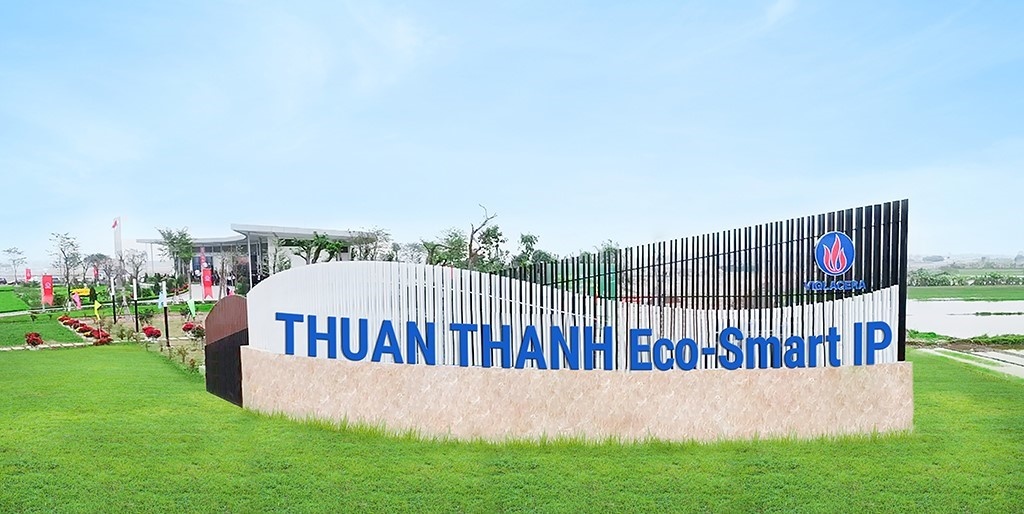
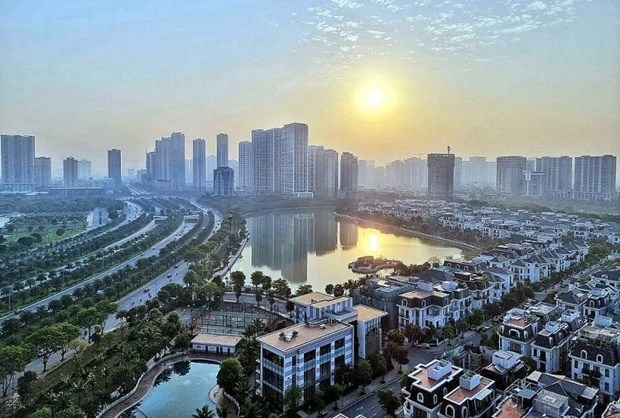
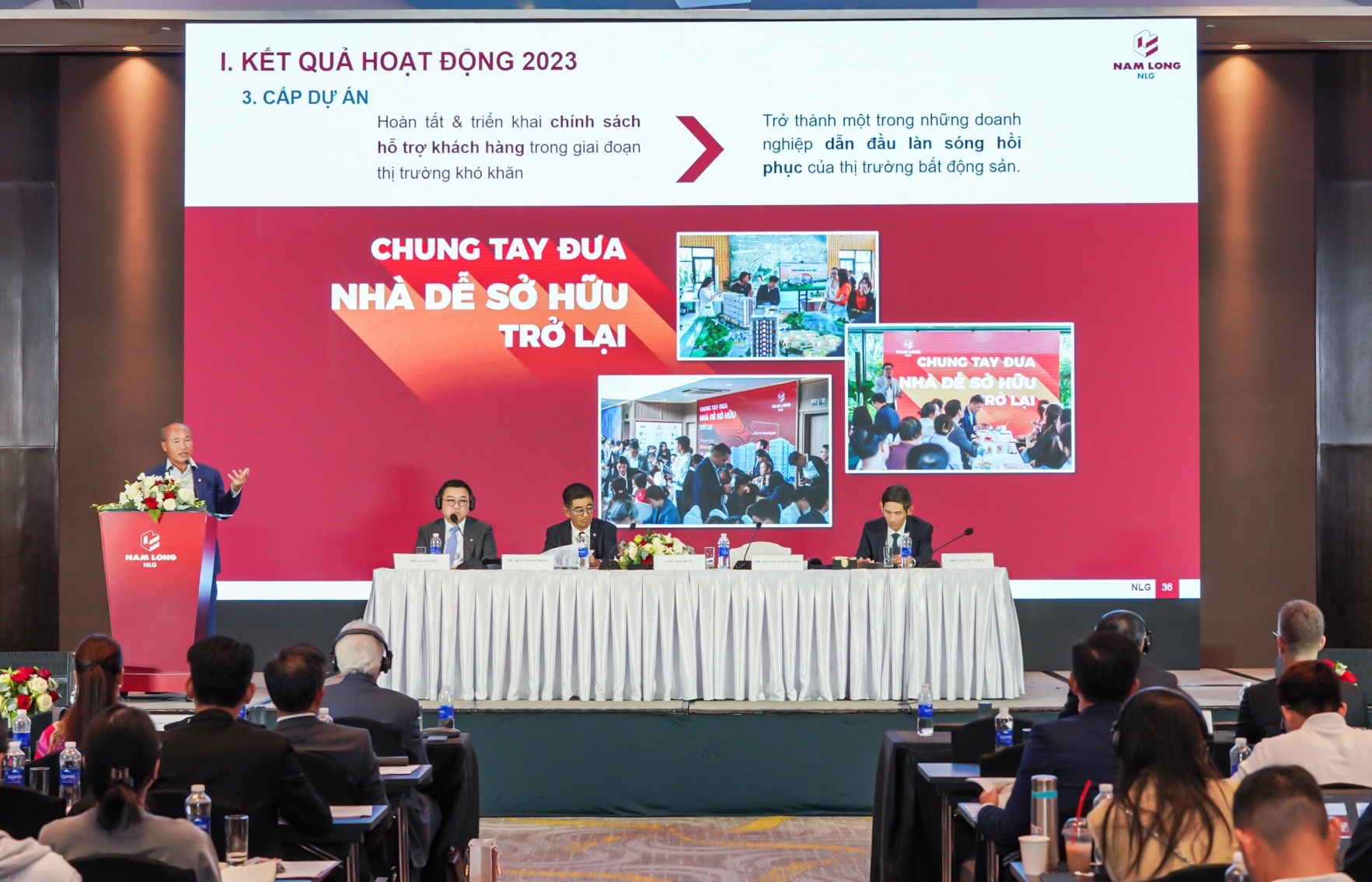
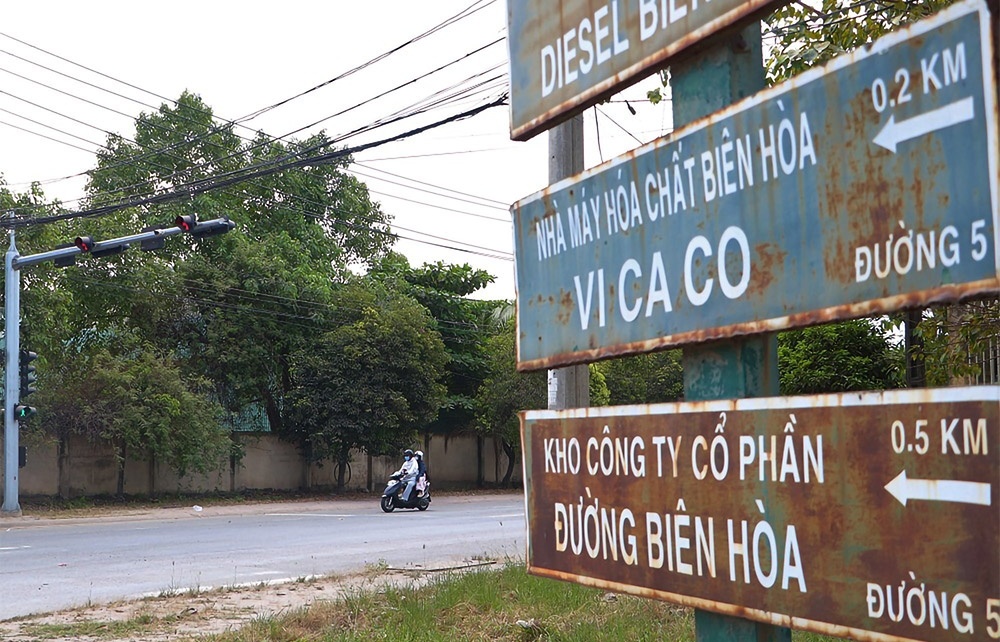
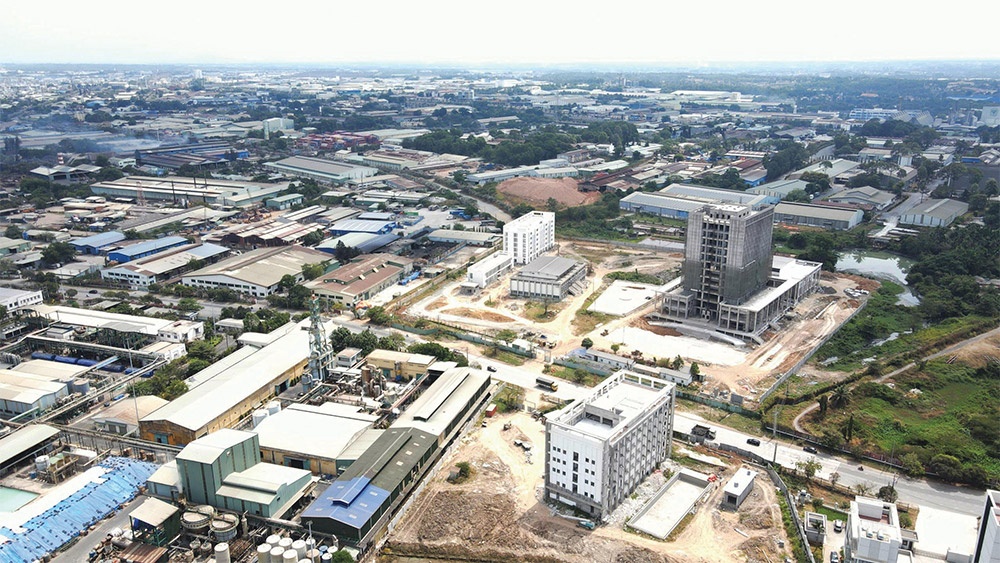
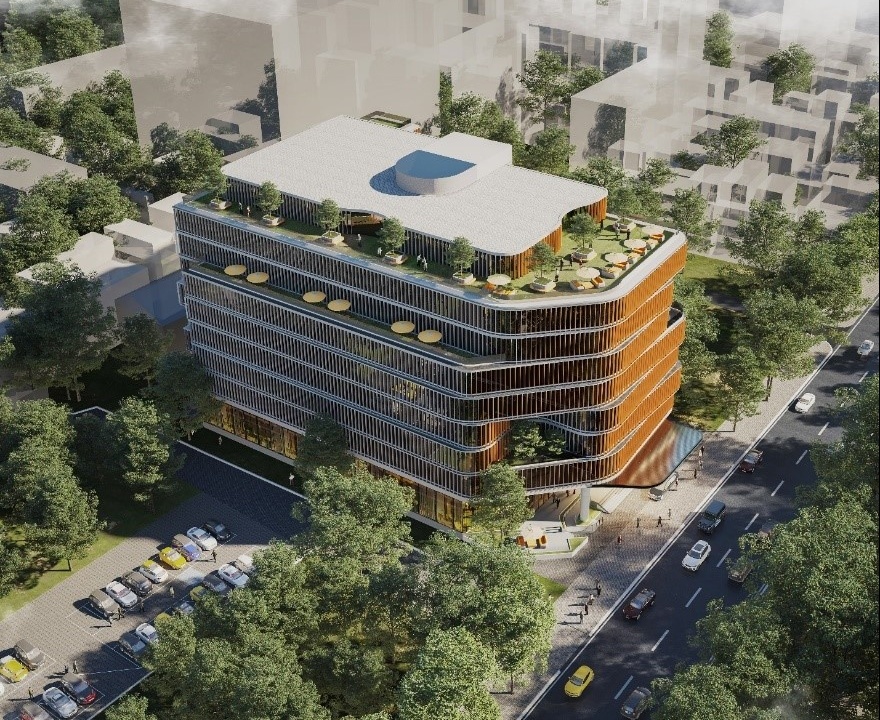

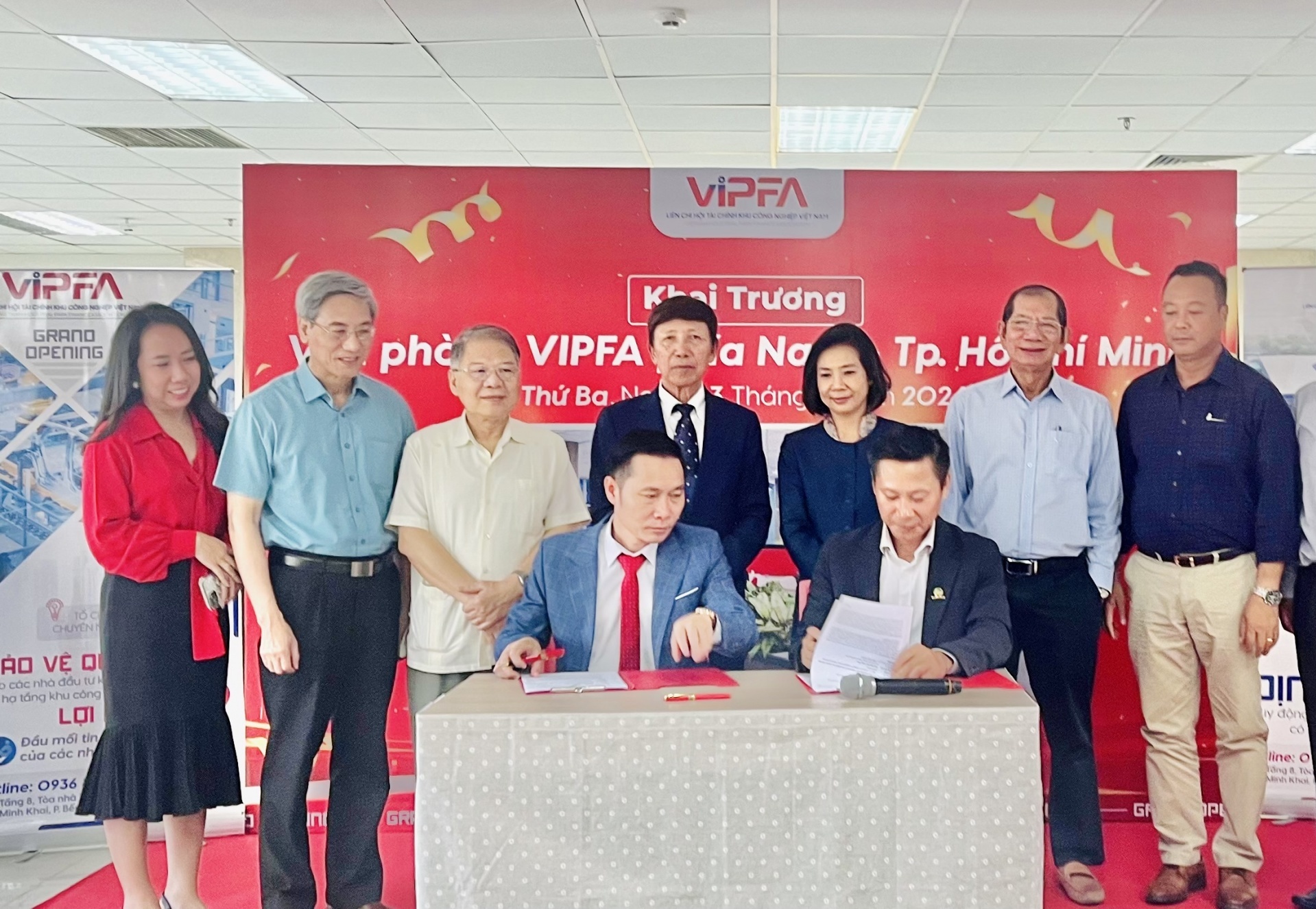

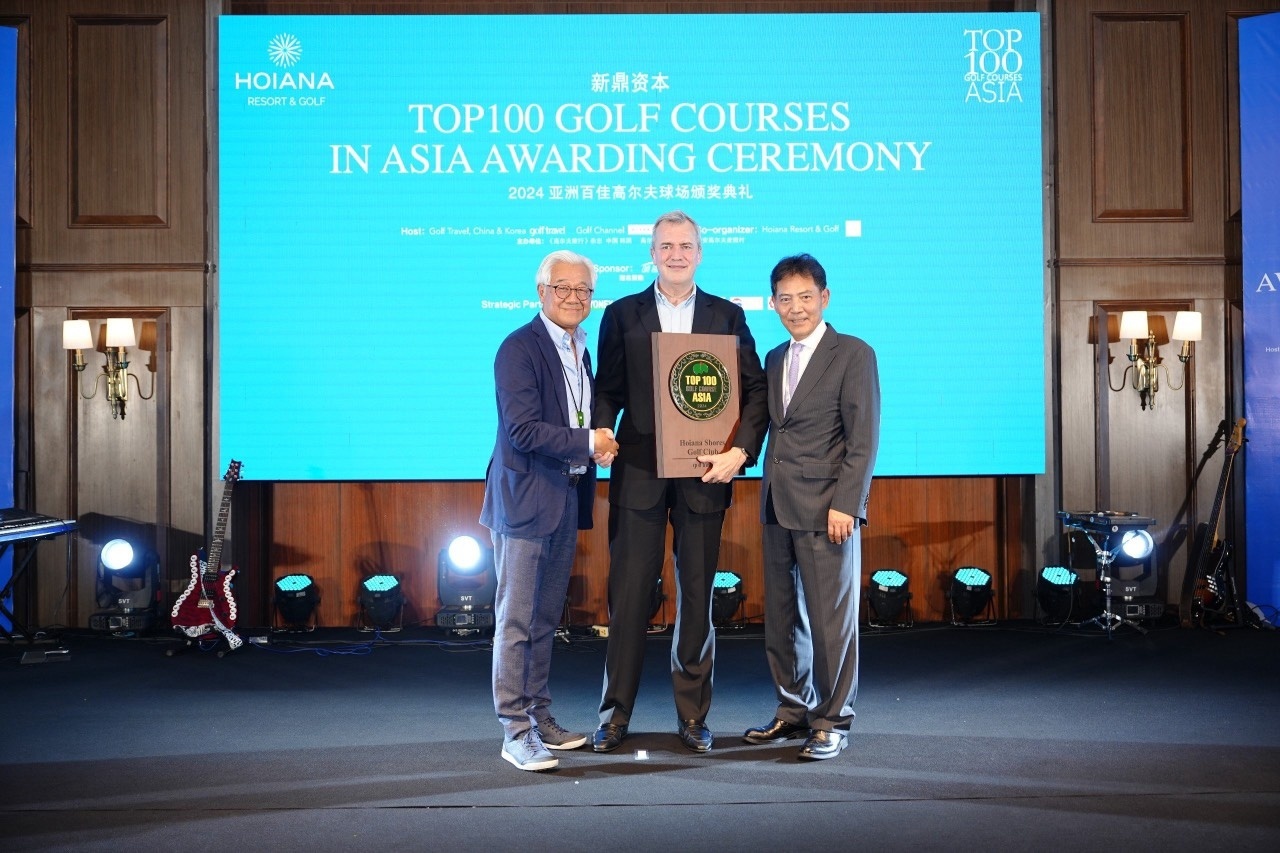
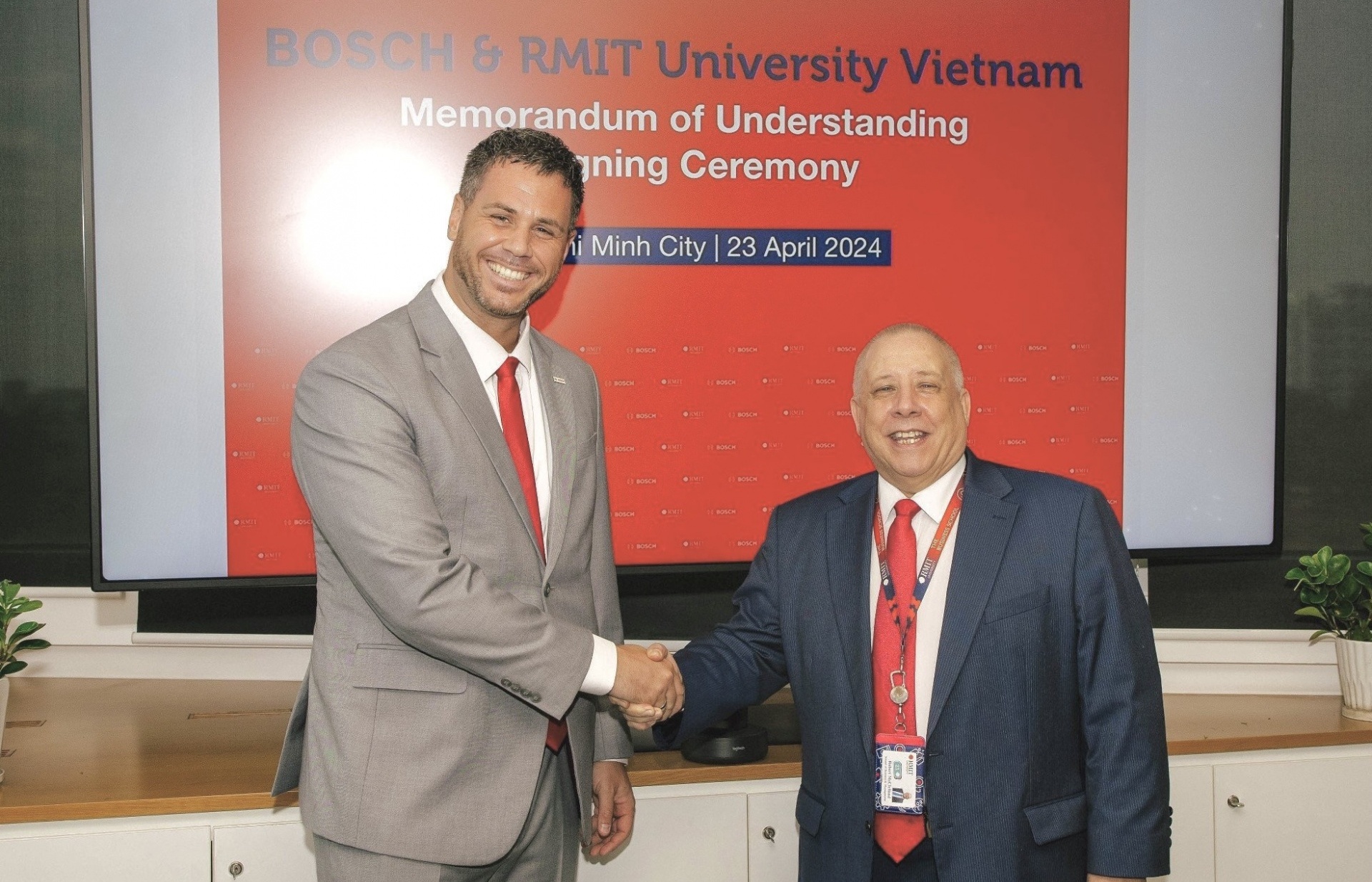



 Mobile Version
Mobile Version